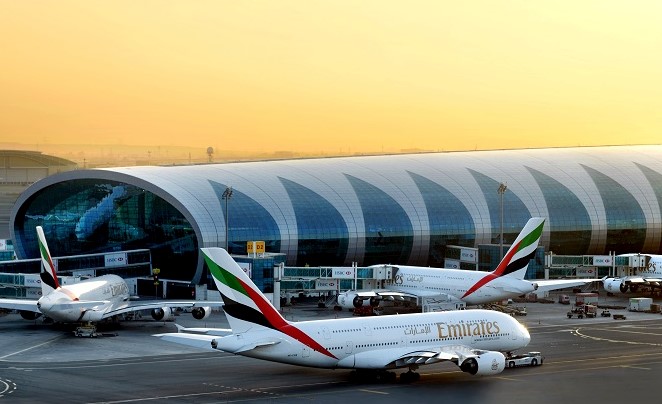Dubai-based Emirates Group has reported a 44 percent fall in annual profit as it faced higher oil prices, a weaker US dollar and increased competition.
The group profit fell to $US631m even as revenue increased by 7 percent to $US29.8 billion.
Profit from its airline operations dropped a bigger 69 percent to $US237m with a thin profit margin of 0.9 percent.
But it was still able to record its 31st consecutive profit, a stark contrast to the $US1.28 billion 2018 loss at financially-embattle Etihad in nearby Abu Dhabi.
READ: Etihad posts another massive loss in 2018.
Emirates chief executive Sheikh Ahmed bin Saeed Al Maktoum described 208-19 as a “tough” and said the company’s performance was “not as strong as we would have liked”.
He said it was difficult to predict the year ahead but both Emirates and sister company dnata were “well positioned to navigate the speed bumps”.
“Higher oil prices and the strengthened US dollar eroded our earnings, even as competition intensified in our key markets,’’ he said.
“The uptick in global airfreight demand from the previous year appears to have gone into reverse gear, and we also saw travel demand weaken, particularly in our region, impacting both dnata and Emirates.
“Every business cycle is different, and we continue to work smart and hard to tackle the challenges and take advantage of opportunities.
“Our goal has always been to build a profitable, sustainable, and responsible business based in Dubai, and these principles continue to guide our decisions and investments.”
Total operating costs at the airline increased 8 percent as the airline’s fuel bill rose 25 percent. Revenue rose 6 percent to $US26.7 billion.
Traffic remained steady at 58.5m passengers, up 0.2percent, with capacity growth of 4 percent producing a slightly lower passenger seat factor of 76.8 percent.
The airline said an increase in market fares and a favorable class mix saw passenger yield rise more than 3percent to 7.1 US cents per revenue passenger kilometre.
The airline received 13 new aircraft during the financial year: seven Airbus A380s and six Boeing 777-300ERs.
It phased out 11 aircraft to bring its fleet count to 270 at the end of March with an average age of 6.1 years.
The Dubai carrier launched three new passenger destinations in 2018-19: London Stansted (UK), Santiago (Chile) and Edinburgh (Scotland)
























